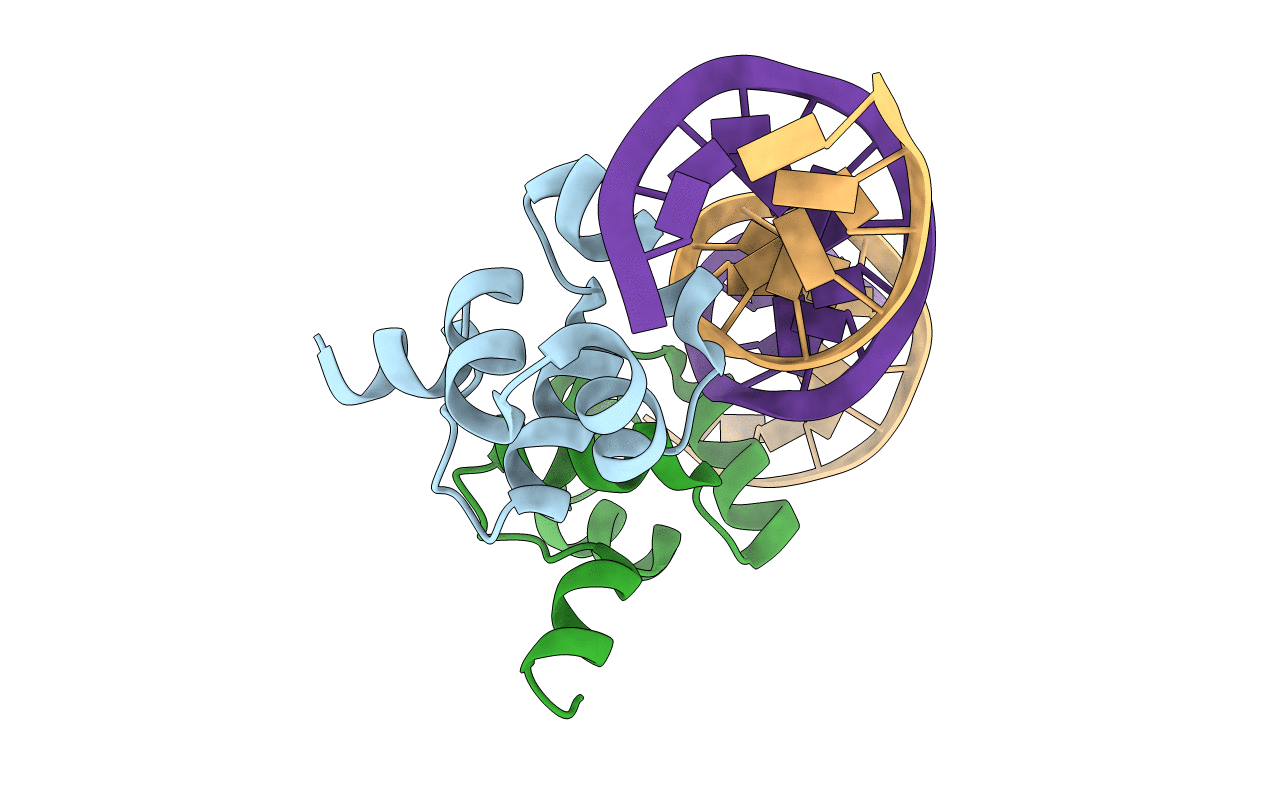
Deposition Date
2019-04-19
Release Date
2019-05-15
Last Version Date
2023-10-11
Entry Detail
PDB ID:
6ON0
Keywords:
Title:
STRUCTURE OF N15 CRO COMPLEXED WITH CONSENSUS OPERATOR DNA
Biological Source:
Source Organism:
Escherichia phage N15 (Taxon ID: 40631)
Host Organism:
Method Details:
Experimental Method:
Resolution:
1.60 Å
R-Value Free:
0.21
R-Value Work:
0.20
R-Value Observed:
0.20
Space Group:
P 41 21 2


